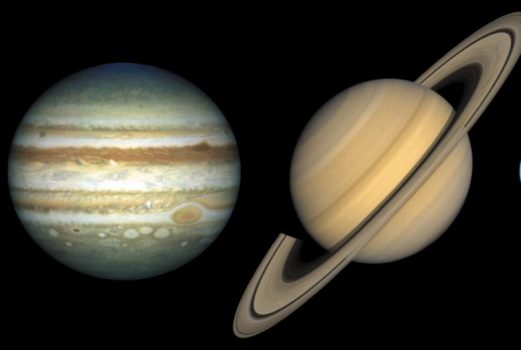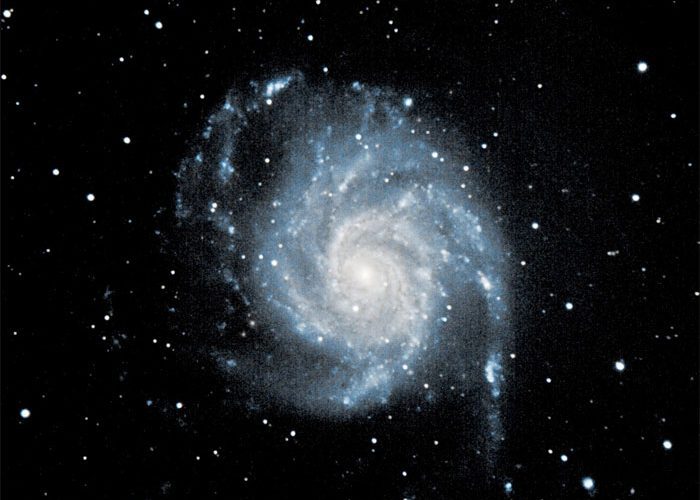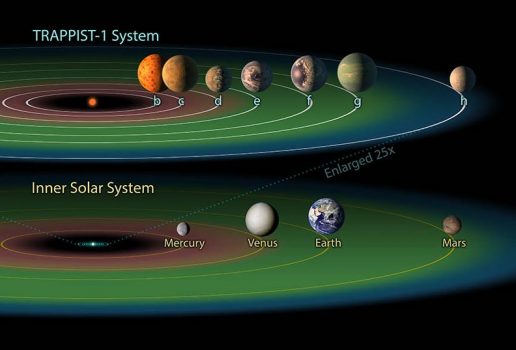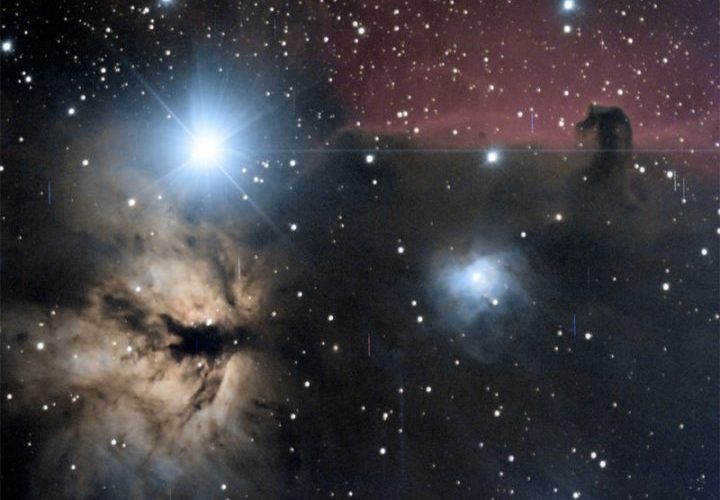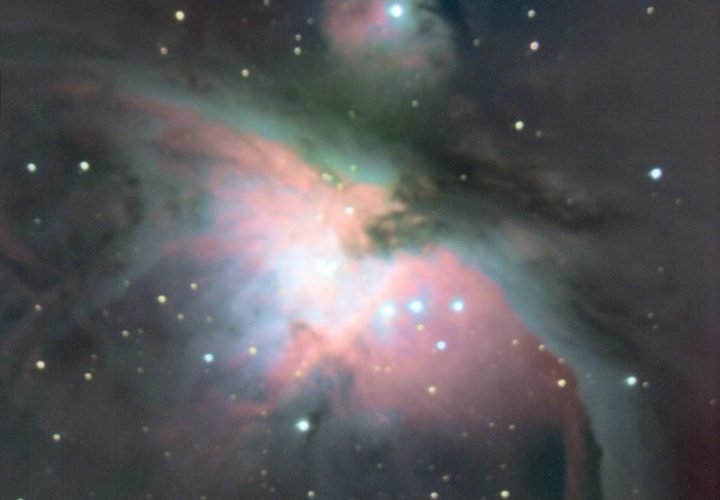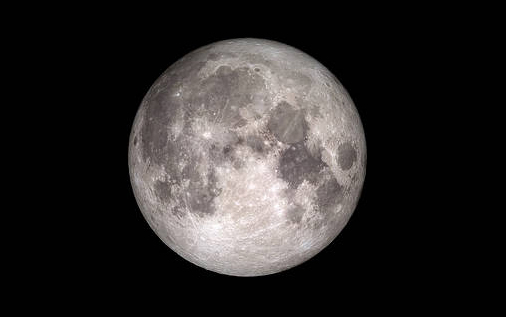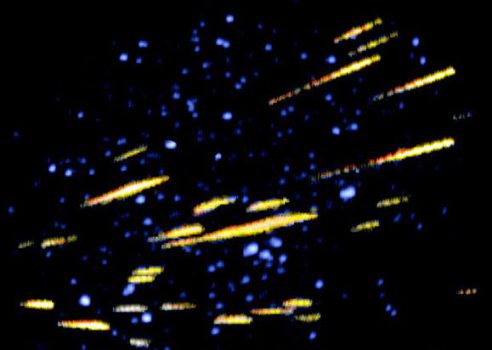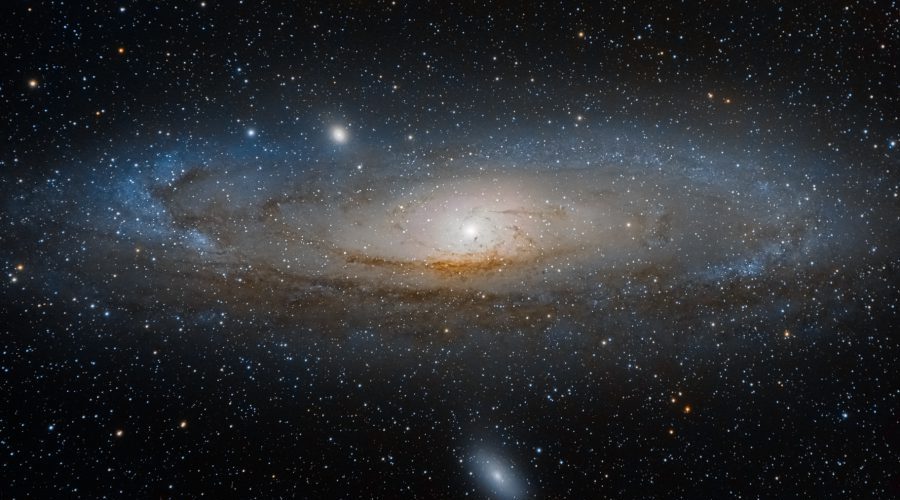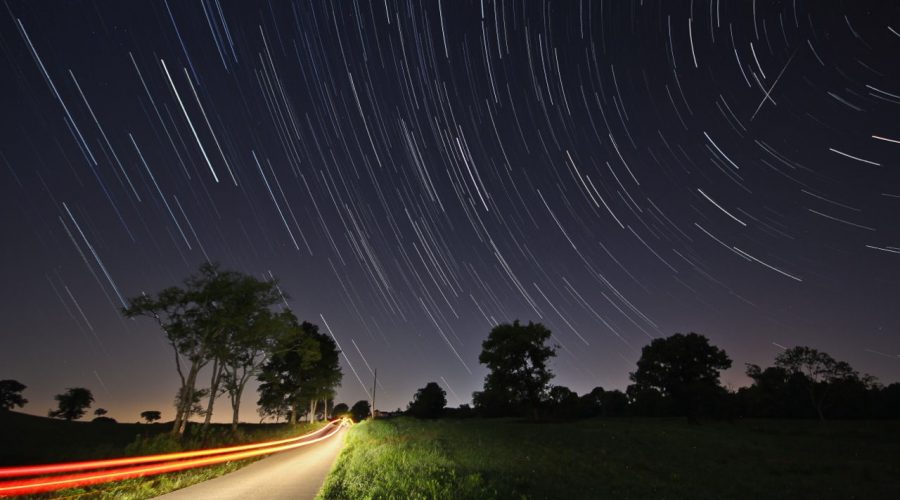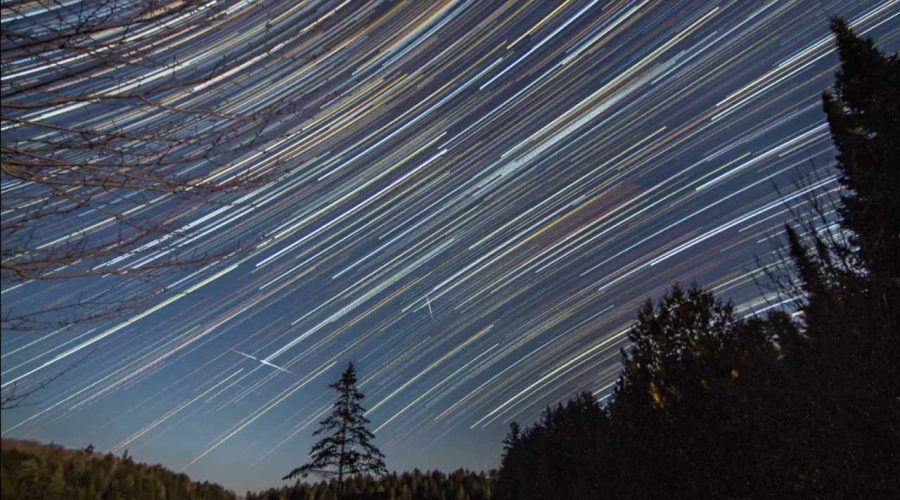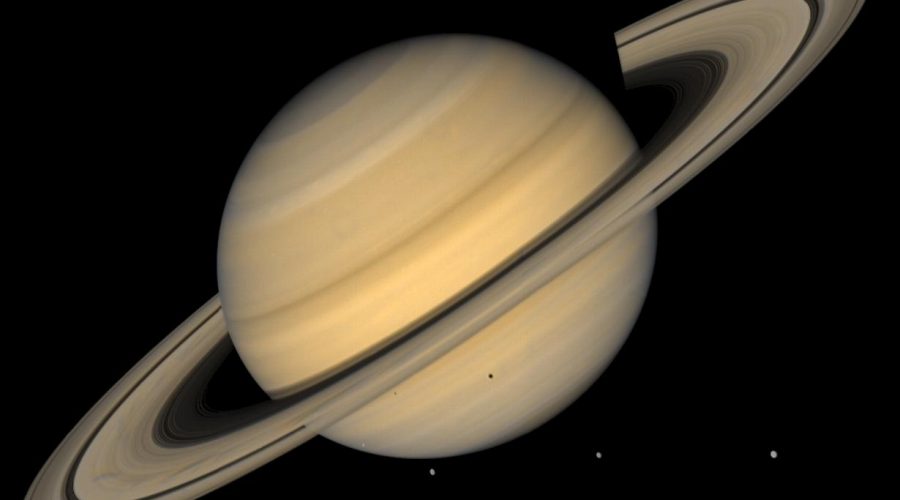Coastal weather conditions in June made celestial photography a challenge but Earth’s neighbor Venus and gas giants Jupiter, Saturn and Neptune will be visible in July.
Our Celestial Coast: Jupiter, Saturn in June
Gas giants Jupiter and Saturn offer great viewing during June, with or without a telescope, and Saturn will be at its closest to Earth at mid-month.
Our Celestial Coast: What to Look For in May
The distant star Arcturus and closer neighbors, Jupiter, Saturn and Mars will be on display this month, along with the Eta Aquarids meteor shower.
Our Celestial Coast: Showcase of Galaxies
March offered opportunities to photograph distant galaxies; and our closer neighbors, Venus, Mars and Jupiter, will be on display throughout April.
Our Celestial Coast: Planets Near and Far
NASA recently announced the discovery of seven exoplanets circling another star 40 light-years away; and March offers glimpses of planets closer to home, including Mars, Uranus and Mercury.
Our Celestial Coast: February’s Visible Planets
The planet Uranus will be visible, with binoculars, for most of this month, as it appears to transit closer and closer to Mars in the night sky.
Our Celestial Coast: New Year Nebula
The new year begins with a good opportunity to look for the Orion Nebula, near the eastern horizon as the skies get dark and easy to see on a clear winter’s night.
Our Celestial Coast: December’s Supermoon
The supermoon in December will make it super hard to get a look at the Geminids meteor shower, but stargazers should still be able to see about 10 to 20 meteors per hour when the shower peaks at mid-month.
Our Celestial Coast: More Shooting Stars
Backyard stargazers and advanced astronomers will have more meteor showers to enjoy in November, including the Orionids, Taurids and Leonids meteor showers.
Our Celestial Coast: October’s Fireballs
October begins with dark skies on the heels of a black moon, ideal conditions for viewing deep-space objects, and offers monthlong meteor showers with a good chance of spotting a fireball.
Our Celestial Coast: Andromeda Rules Sept.
This is a good month to view the Andromeda Galaxy, the home to more than a trillion stars that are 2.5 million light years away from our home.
Celestial Coast: Perseid May be Showstopper
The Perseid meteor shower will be the main show in the night sky through mid-August, and experts think this year’s display will be particularly spectacular.
Our Celestial Coast: Planets, Meteor Showers
July will begin with Jupiter, Mars and Saturn all prominent in the evening sky and will end with two meteor showers, the Delta Aquairids and the Perseids.
Our Celestial Coast: A Triangle of Planets
The triangle formed by Mars, Saturn and Antares will continue to parade across the southern sky this month. And Saturn will be about as bright as it gets.
Our Celestial Coast: The Red Planet
Mars is the celestial star this month. It will be in opposition on May 22, which will be a great opportunity to view the planet.
Our Celestial Coast: Jupiter Rules the Night
Jupiter is the most prominent of the three planets that will be visible through most of April. The month will start with Orion, the hunter, as the most prominent constellation and It will end with the Lyrid meteor shower.


